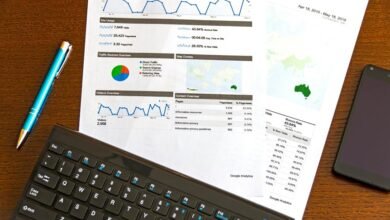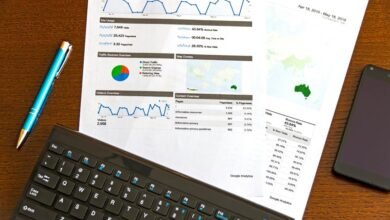Executive Overview Dashboard: 8559220783, 8559313588, 8559422422, 8559586233, 8559977348, 8563352166

The Executive Overview Dashboard presents a significant advancement in data visualization for organizations. Its ability to convert intricate data sets into clear graphics facilitates quick comprehension of performance metrics. By offering customizable features, it allows users to adapt the dashboard to their unique requirements. However, the effectiveness of this tool hinges on proper implementation and integration within existing systems. Understanding these aspects is crucial for organizations aiming to harness its full potential.
Key Features of the Executive Overview Dashboard
The Executive Overview Dashboard offers several key features that enhance organizational decision-making.
Central to its utility is advanced data visualization, which transforms complex information into accessible graphics. This enables stakeholders to quickly interpret performance metrics, facilitating informed choices.
Furthermore, the dashboard’s customizable interface allows users to tailor the display to their specific needs, promoting a sense of autonomy in data analysis and strategic planning.
Benefits of Using an Executive Overview Dashboard
While organizations strive for efficiency and clarity in decision-making, utilizing an Executive Overview Dashboard significantly enhances these objectives.
This tool facilitates effective data visualization, allowing leaders to quickly interpret complex information. By presenting key metrics at a glance, it streamlines decision-making processes, reduces time spent on analysis, and empowers executives to make informed choices that align with organizational goals and strategies.
Implementing the Executive Overview Dashboard in Your Organization
Successfully implementing an Executive Overview Dashboard requires a structured approach that aligns with organizational needs and objectives.
Employing effective dashboard integration strategies ensures seamless connectivity with existing systems.
Additionally, conducting comprehensive user training sessions equips team members with the necessary skills to leverage the dashboard’s capabilities fully.
This methodical implementation fosters an adaptive environment, empowering users to make informed decisions and enhancing overall organizational performance.
Conclusion
In conclusion, the Executive Overview Dashboard serves as an essential tool for enhancing organizational decision-making. Notably, organizations that utilize data visualization tools are 5 times more likely to make faster decisions than their competitors. This statistic underscores the importance of adopting such dashboards to foster a culture of data-driven strategies. By leveraging the dashboard’s customizable features and seamless integration, organizations can significantly improve efficiency and drive success in an increasingly competitive landscape.



